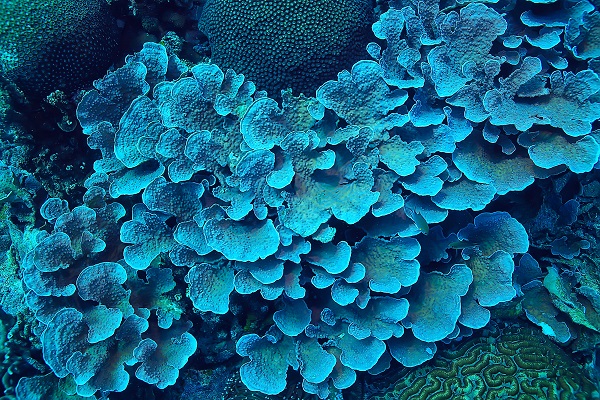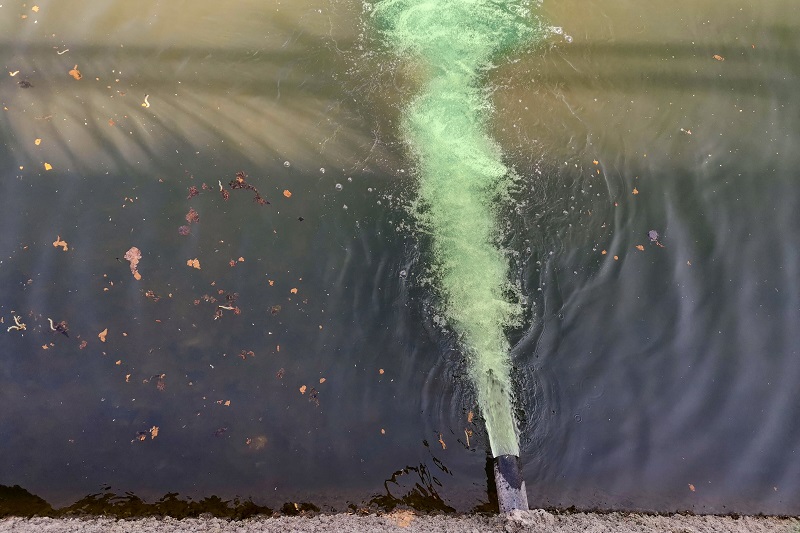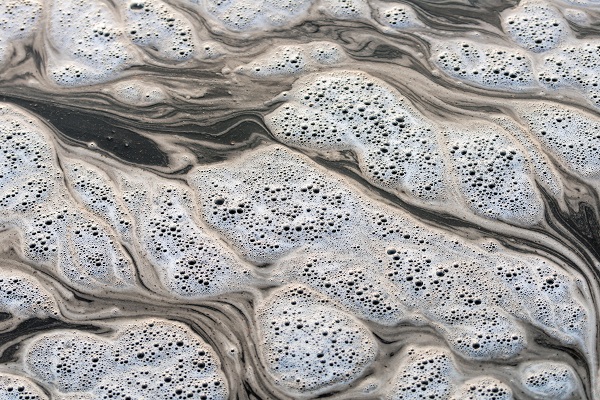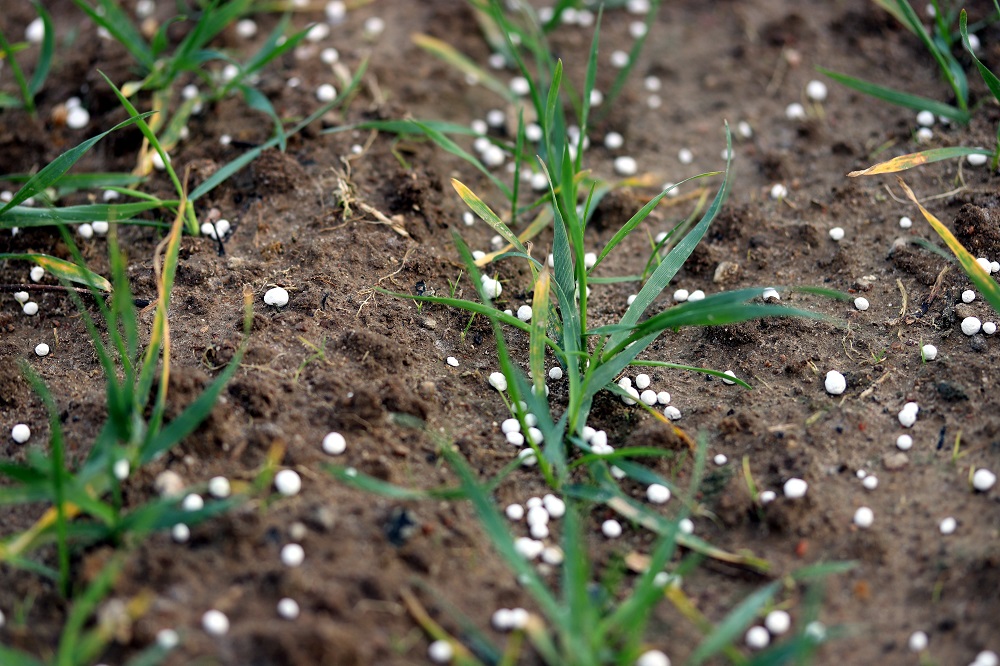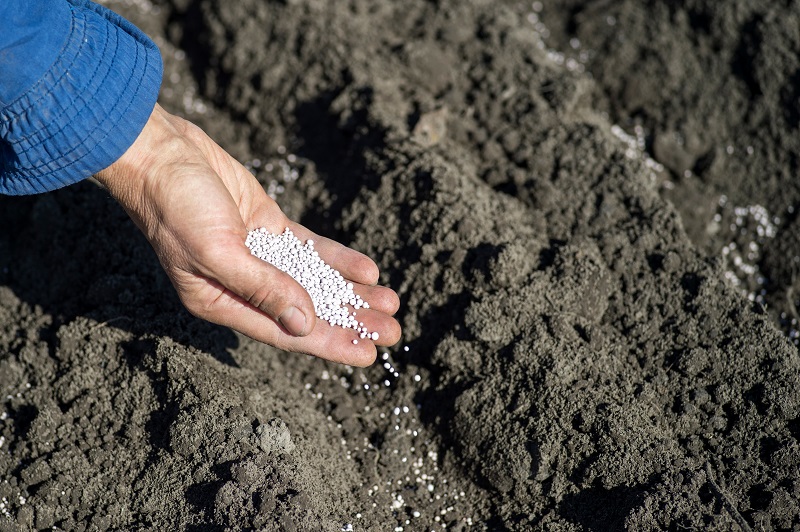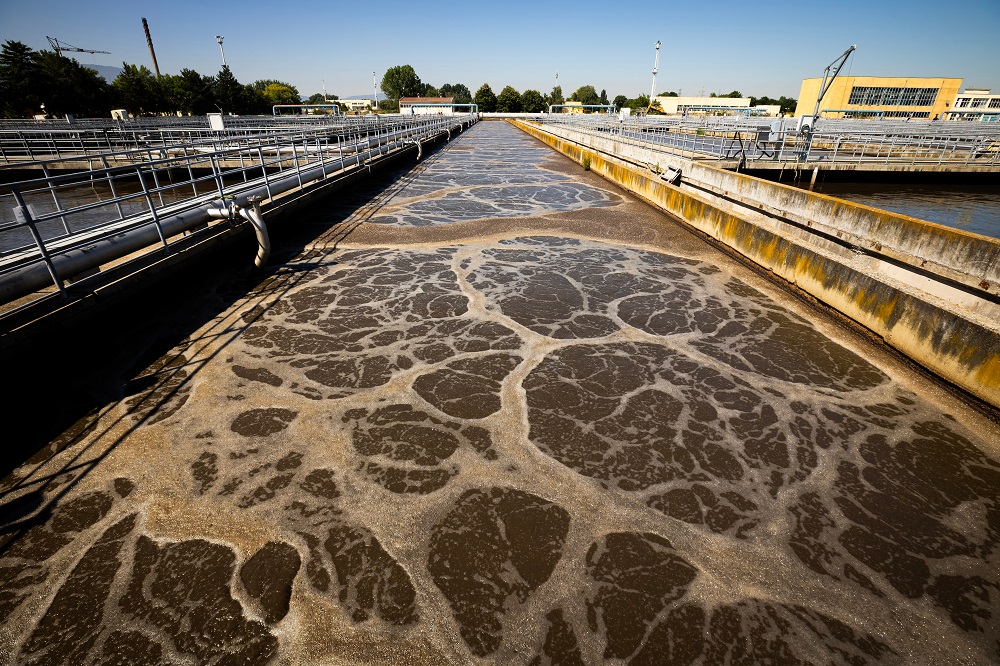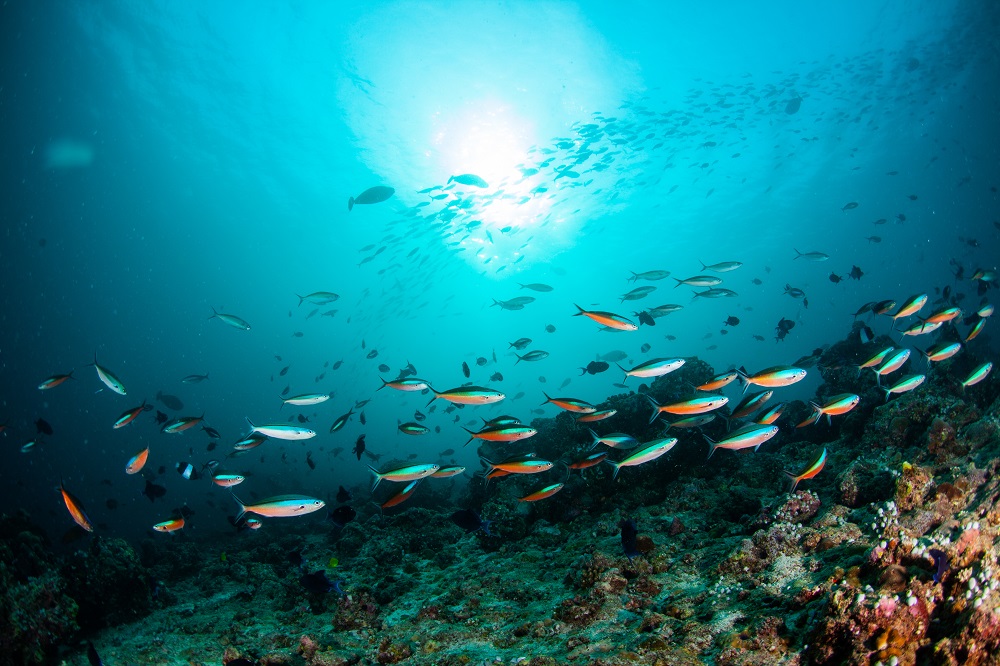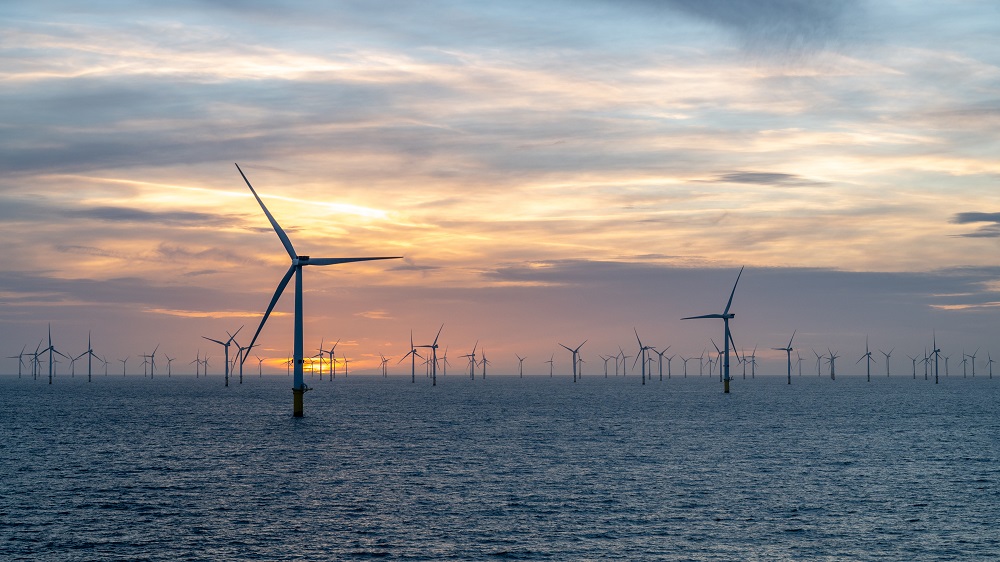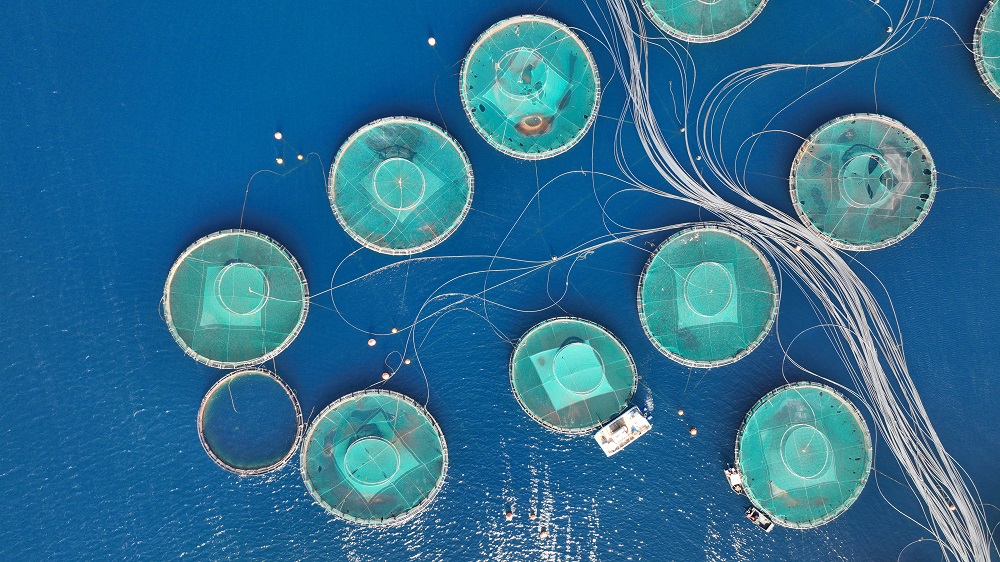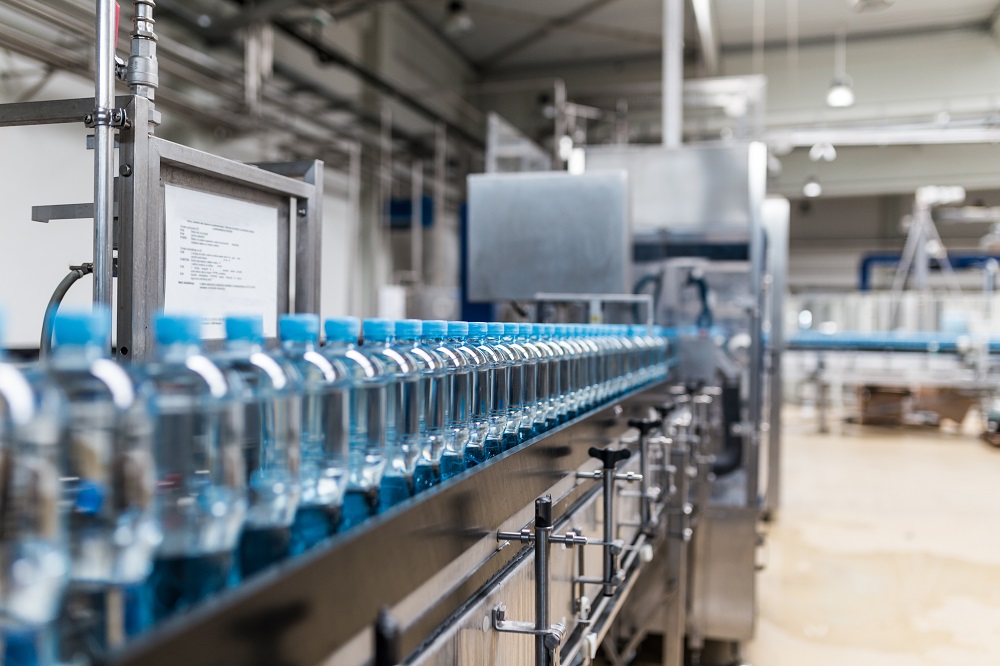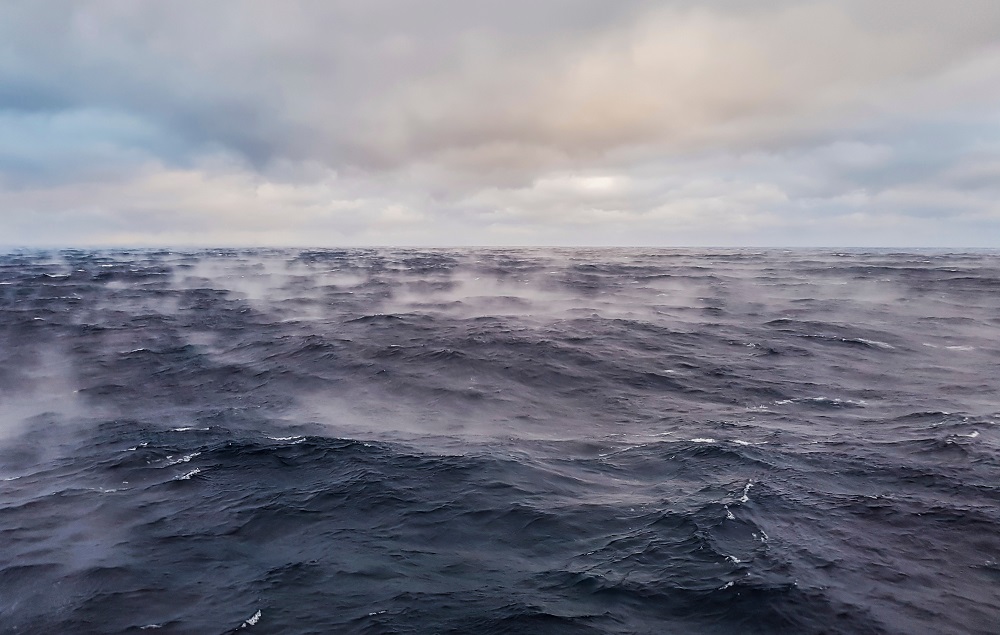As the earth’s water cycle is intricately connected, every contaminant that encounters water on land can eventually end up in the ocean. Indeed, 80% of marine pollution originates from land-based sources, with agriculture a major contributor. Agricultural pollution, including runoff from farms, ranches and forest areas, is classified as nonpoint source pollution, meaning that it comes from many diffuse sources and is caused by rainfall or snowmelt moving over and through the ground. Unlike pollution from factory waste or sewage treatment plants, it is diffuse and difficult to track and prevent. As runoff moves, it picks up pollutants across miles of land, depositing them into lakes, rivers, wetlands, coastal waters and ground waters, moving contaminants far from their original source.
Agricultural runoff pollution includes nutrients like phosphorus, nitrogen and potassium from chemical fertilisers, manure and sludge. Additionally, pollutants like fertilisers, pesticides, heavy metals, pathogens from animal feeding operations, and organic matter from livestock-related wastes are carried into water bodies through agricultural runoff. Others include oil and toxic chemicals from energy production, sediment from croplands, and bacteria or viruses from livestock.
Fertilisers provide essential nutrients like nitrogen and phosphorus to support plant growth. However, excessive levels of these nutrients are proving deeply disruptive to aquatic ecosystems. David Kanter, associate professor of environmental studies at New York University, describes our relationship with these nutrients, particularly nitrogen, as complicated. “The same thing that is so essential is at the heart of such an important problem. This relationship makes nitrogen a more challenging societal and environmental problem; it is essential to life, it is in the building blocks of DNA, there is no world and especially no food system without nitrogen,” he said.
Fertiliser use has increased massively, leading to important gains in food security and production. However, half of this becomes nitrate runoff and makes its way into the aquatic ecosystem, including both coastal and oceanic ones.

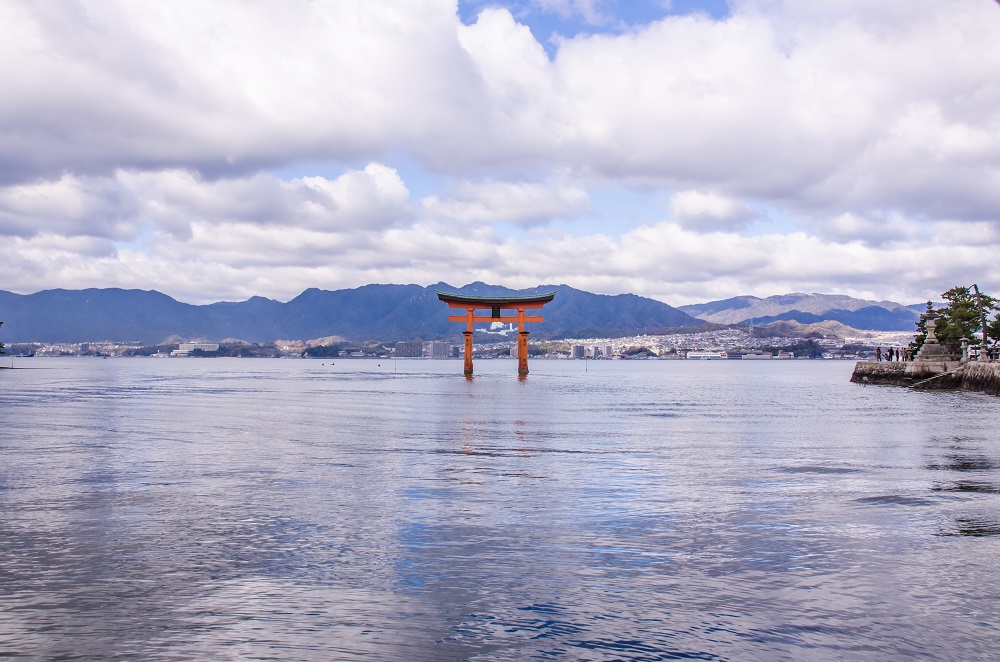

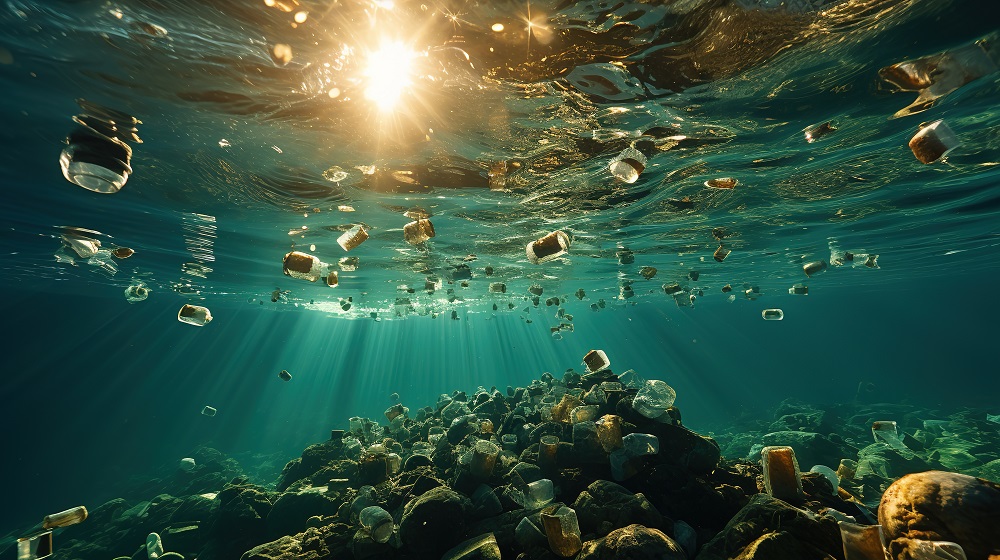

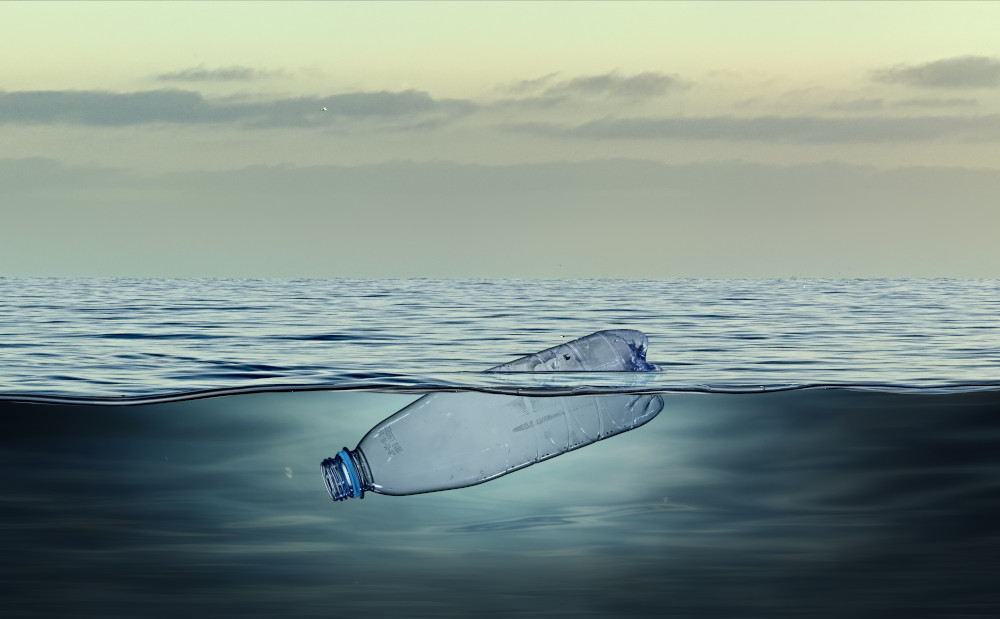




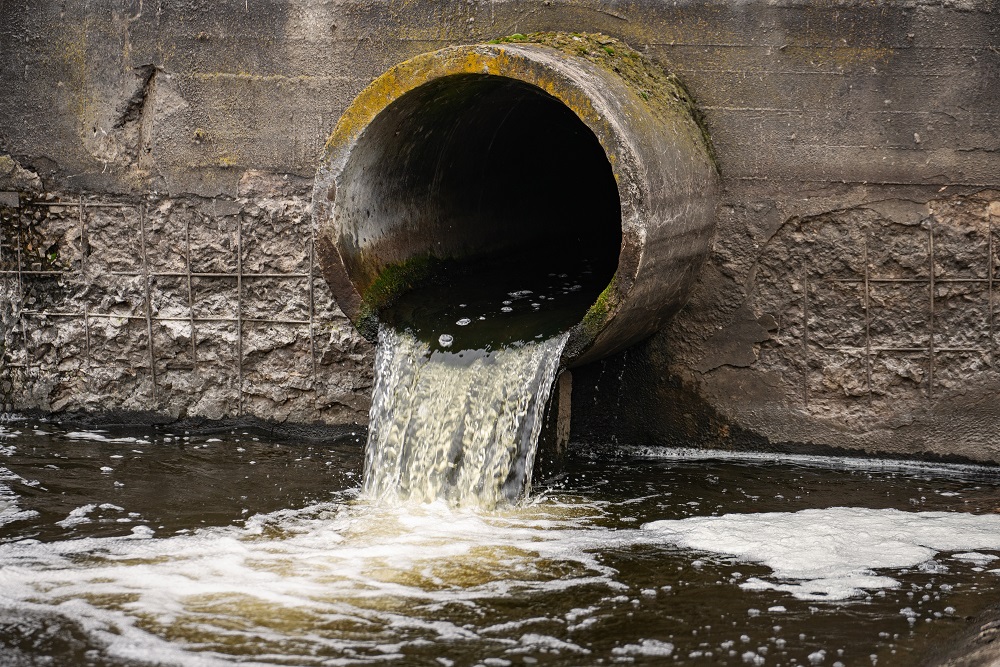 The scourge of untreated wastewater
The scourge of untreated wastewater Slowing
the chemical tide: safeguarding human and ocean health amid
chemical pollution
Slowing
the chemical tide: safeguarding human and ocean health amid
chemical pollution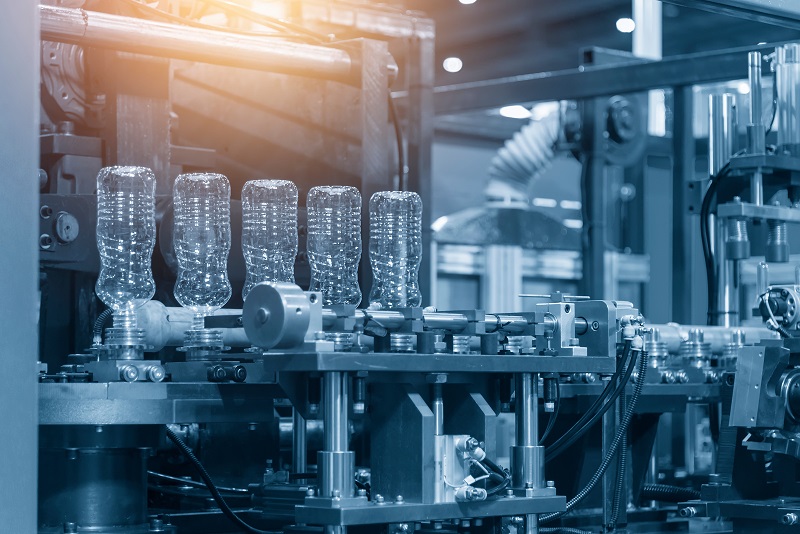 Hazardous chemicals in plastics - the discussions at INC
Hazardous chemicals in plastics - the discussions at INC








